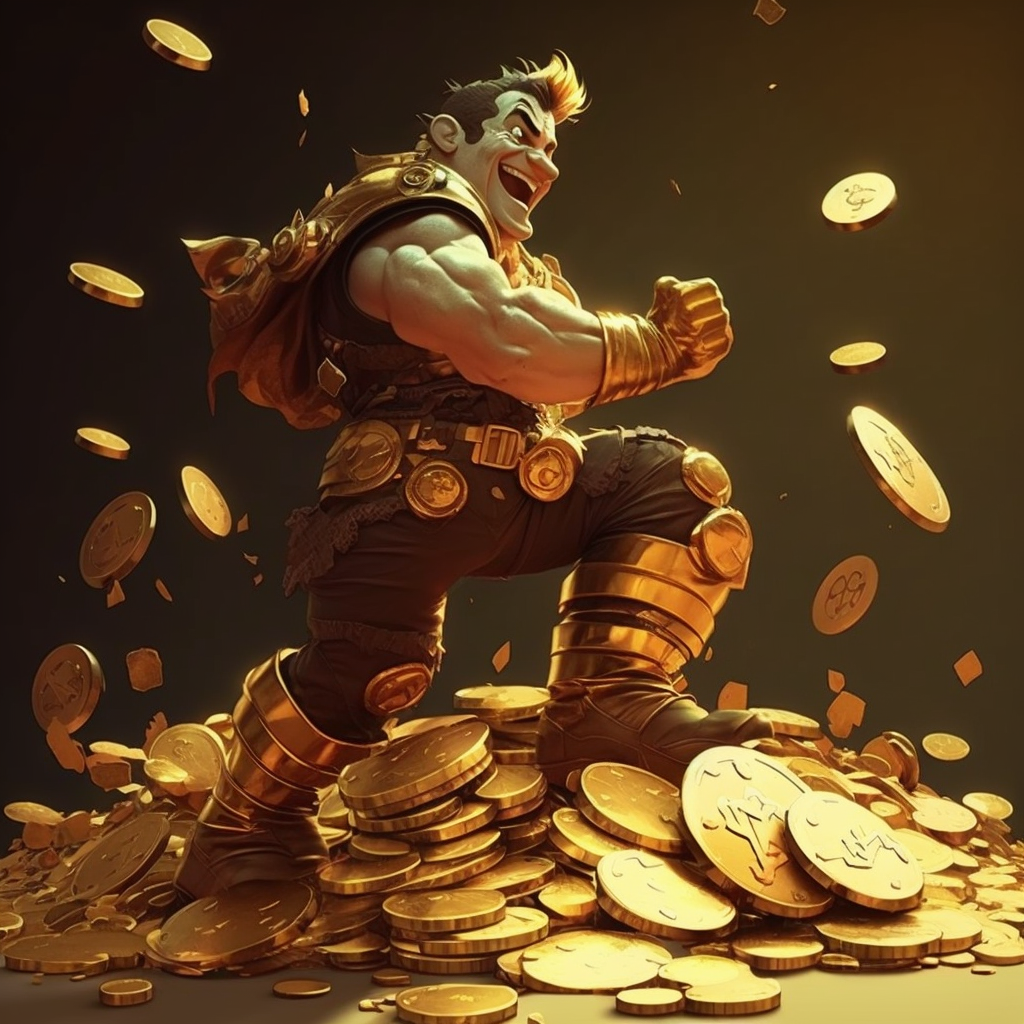How To Value Web3 Gaming NFTs

In my previous post, I explained how floor prices for an entire NFT collection do not make sense for games. This begs the question, if the floor price for an entire NFT collection does not matter, how should someone value game tokens?
Investment Tokens
Before we go into details on normal game tokens, it is true that some tokens for games do have collection floor prices. These token collections are almost never for playing but are limited collection staking tokens mainly for investment purposes. These investment tokens might provide a portion of the game's revenue or game-specific currency each month. For these “investment tokens,” the floor price is usually correlated with the value of the revenue they generate. Games like RebelBots and Photo Finish use these types of investment/staking tokens.
High Performing Tokens
For most games with infinite tokens, almost all token value is based on its performance in the game. Does it generate a return, and if so how much? Does the token give bonuses or give you a better chance of winning? The highest-performing tokens end up with the most value and the lowest-performing tokens end up losing.
In the popular horse racing web3 game ZED.run, a high-performance token is one with a high paid win rate. Horses that can win paid races are worth a lot more than horses that lose in paid races. In Crypto Unicorns, mythic unicorns and high-level/experience lands are worth more as they can generate extra returns on farming. And in Ocean Racing League, Tier 3 racers will usually be valued more than Tier 1 or Tier 2. The value of the tokens, therefore, is correlated with the returns (as well as some emotional / status values of having a “winner”).
Since these are based on performance and not rarity, the value of these tokens does change (sometimes drastically) as the rules of the game change.
Lineage and Tokens with Potential
Many games, such as CryptoUnicorns, ZED.run and The Red Village, and Muzzle.run, have implemented breeding capabilities. In these cases, the floor price may not be determined by the token itself, but by the pedigree of the token. For example, the unraced foal of two great racers in ZED.run will be worth more than the foal of two not-so-good racers. And the child unicorn of two Double Mythic unicorns will likely have a higher chance of being a high performer than the child unicorn of two normal unicorns. In these circumstances, the floor price will be determined by the segment of tokens with the same type of parents.
Similarly, tokens that are the best breeders (and that still have the maximum breeding capability) are also valued at a premium. A Champion in The Red Village marketplace that summons great champions or a breeder in the Muzzle.run marketplace that produces great dogs will be valued at a much higher premium.
Experience /Level based tokens
For some games, tokens gain experience and levels as players play the game, with higher levels getting better rewards. The floor prices of tokens with higher levels or experience points will, in that case, be worth more than those of new tokens as the token already includes a lot of time and effort leveling up. The floor prices in these cases will be dictated by the current level/experience points of the token as that will dictate its current rewards. Crypto Unicorn Lands gain more bonuses as they gain levels and therefore are worth more as they grow in points.
Temporarily Hot Tokens
At any moment, certain games may have promotions and tournaments that will bring extra value to a certain subset of tokens. For example, ZED may host a tournament only for Buterin horses, while The Red Village may host an "Unblooded" tournament only for unused champions. In these circumstances, the tokens that qualify for the tournament will have a temporary boost in price, and the floor for high-performing tokens that fit the tournament criteria will temporarily rise. Unlike collectibles which have occasional conditional behaviors, conditional tournaments are normal in games and often change drastically from week to week.
In summary, there are a lot of ways that game tokens gain value and many different types of floor prices. Unlike collectibles which are driven by mint rarity, game tokens are valued very differently per game, depending on the real-time value of the token, and will change as the game changes.
As a result, a lot of mature games have had third-party build out tools to help with segmentation and valuation tokens. Hawku, for example, created a per-game category stats tool to let players see the specific floor prices of the categories described above. The tool is also community managed which means it can be quickly updated as the rules of the game change.
In short, when looking at game NFTs, don’t just assume it is like an art or PFP collectible. Get into the game, learn the nuances and what metrics players really want, and cater your buying and selling strategy to what is valued.